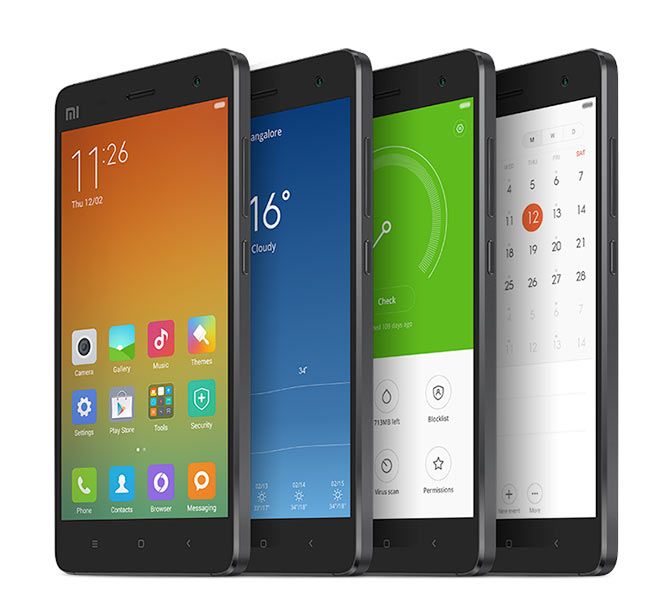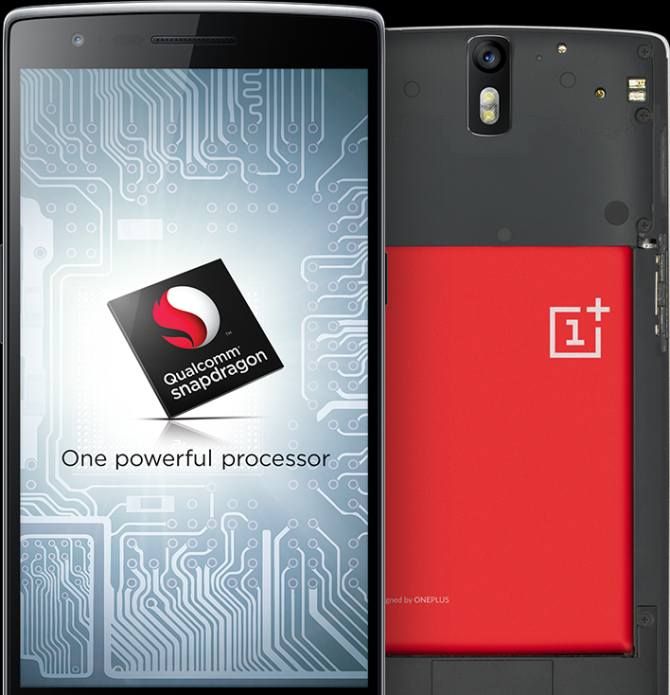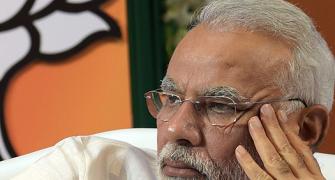Let us take a look at some of the most important parameters that have completely transformed smartphones in the last few years.
If there was ever an industry that changes at the speed of light in terms of innovation, design, specs, then it is the smartphone industry. The world of smartphones and tablets or even phablets has come a long way in the shortest span of time.
Unlike automobiles, the shelf life of smartphones is very volatile in terms of longevity. An automobile may last with the same set of specs without any upgrade for 2 to 3 years, while today, a smartphone can get itself upgraded within 6 months. This has also been due to demand from consumers who change their preferences pretty quickly.
1. Hardware

This is probably what sets the tone for a smartphone or tablet along with the software when it comes to raw performance. Five years ago, a quad-core processor was probably the peak for hardware while 1GB RAM was the highest benchmark to achieve for the most high-end devices from reputed firms.
Today however, even low-cost devices are getting 1GB RAM and quad-core processor while flagship devices have upgraded their power to octa-core processors. RAM has gone as high as 4GB in some devices while most flagship devices today, at least, have 3GB RAM. As a result, we see phones that are lightning quick and every season we see the benchmarks for the fastest device being toppled by the upcoming versions.
Another notable feature in the hardware segment is the manufacturing company of these processors. Snapdragon ruled the roost until a few years ago. Today we see MediaTek weighing in and being currently used by the likes of Sony, HTC and Samsung along with the likes of Micromax, Lava, etc.
2. Software

Here we can discuss Windows, iOS and the most impactful, Android operating system. Windows and iOS were almost always pretty stable in their handling of applications and games along with interface. Hence not many changes have been experienced in them over the past few years. Android however has come a long way from being an operating system that had lots of glitches and bugs to being one of the most improved software platform in recent time.
With every new version, a lot of bugs get fixed and currently Android Lollipop 5.0 is living up to its reputation, offering a massive domain of games and apps. Users can certainly do a lot more through apps now than what they could a few years ago. We already have Google wallet, Apple Pay, Samsung Pay while there are various third party apps that can do lot more than this. There are some wonderful camera apps available online that attempts to give you a DSLR like photography experience while apps that can optimise your phone efficiency have also improved by a large extent.
3. Camera

The fact that the word ‘Selfie’ has been included in the Oxford dictionary shows how big has been the impact of front cameras in smartphones. Till last year, video calls was the major reason for having a good front camera, but now the usage has turned out to be completely different. Now people have started using front cameras for taking selfies and most recently groupfies.
As a result we now see smartphone-makers investing as much on front cameras as they do for rear cameras in terms of pixel strength; this is evident in the case of HTC Eye that has a 13MP selfie camera.
We also saw limits being pushed for the rear camera as Nokia brought out the most powerful camera for a smartphone with Nokia 1020 that has an amazing 41MP main shutter.
The iPhone series continues to sport one of the most formidable camera smartphones. Most flagship devices have gone for 13MP to 16MP strength at least, while some have also touched the mark of 20.7MP. So here too the standards have been raised big time. The resolutions, HDR, panorama, dual LED flash, rotating camera lenses, Full HD video recording, etc, almost every feature can now be seen in the smartphones’ cameras.
4. Display size/Rise of phablets

We had always seen this coming. The craze for bigger and bigger screen just did not seem to stop. This all started with the first Note series by Samsung that suddenly changed the minimum size for a flagship device to 5 inches.
In 2015, 5-inch smartphones do not seem that big but 5 years ago it was considered too big to handle on a daily basis. In fact, its impact can be seen from the fact that Apple, the most celebrated smartphone-maker was adamant to not increase the display size of iPhone, ended up releasing two models with one having a 4.7-inch screen size and the other a whopping 5.5-inch. This shows how preferences over screen size have dramatically changed, giving rise to a new segment called phablet.
Phablet is a smartphone that is smaller than a tablet but bigger than an average smartphone.
5. Design

The thinner the smartphone, the better it is. This is the philosophy that has been used by smartphone makers nowadays. iPhone becomes thinner and lighter with every model while display sizes keep on rising constantly. We have also seen curved display smartphones in the form of LG G Flex and Samsung Galaxy Note Edge.
6. Battery

With bigger, faster and more powerful phones than before, battery sizes have also gone off the roof. Today we see smartphones featuring 2100mAh at the least, while some premium devices are offering a gigantic battery backup which is as high as 4000mAh.
7. New entrants

Companies like Xiaomi, Oppo, Gionee, One Plus along with comeback-kid Motorola have made sure that the budget segment remains cutting-edge. Better and faster devices for low prices have now been the success mantra for these firms which have so far worked very well.
According to a recent research, tablets’ sales in India may reach 40 million along with the sale of smartphones touching the bar of 150 million pieces this year. Flash sales will have major contribution in this statistic. The changing scenario will attract more tech giants towards this industry, resulting into more intense competition among the players.










